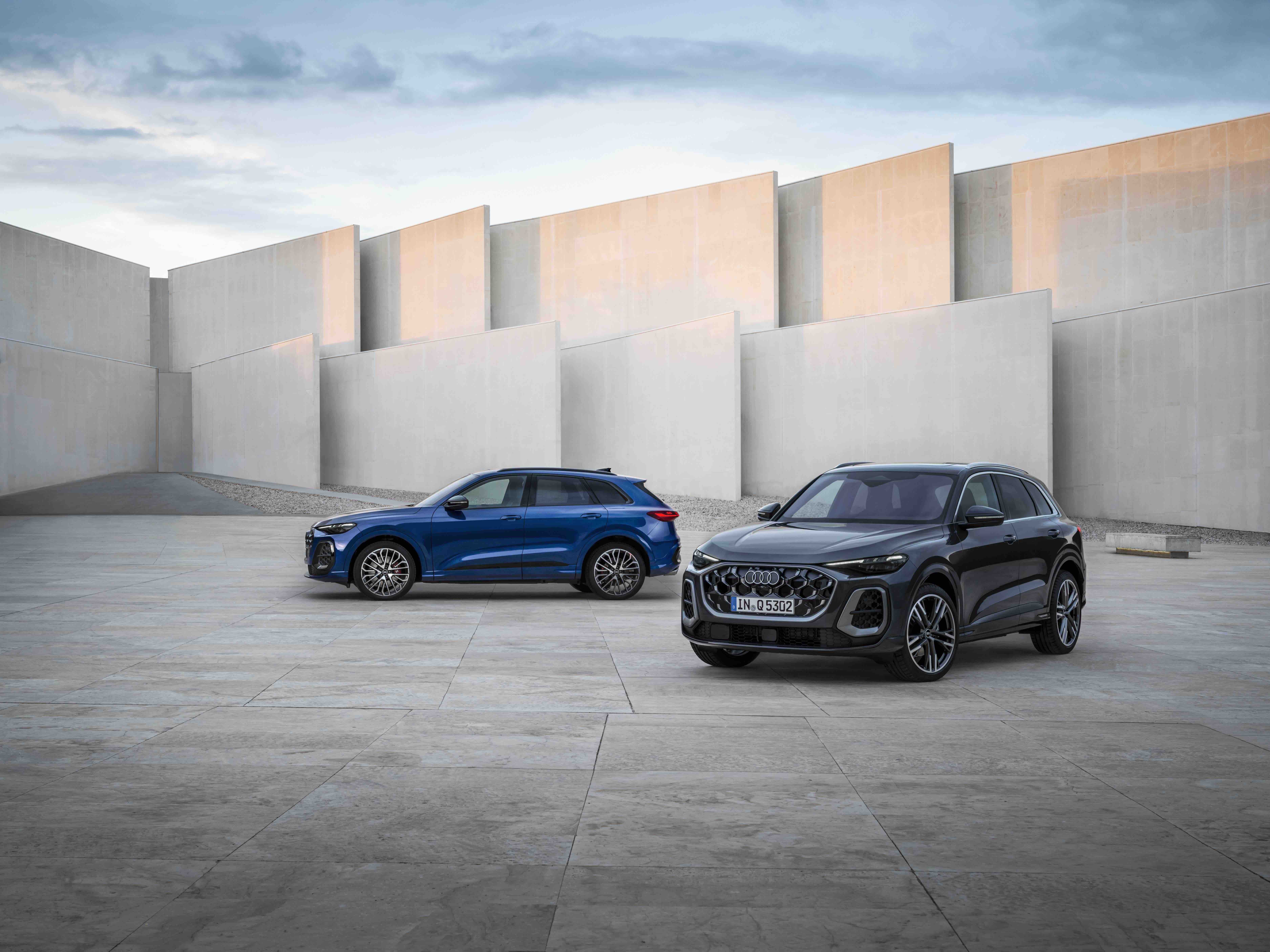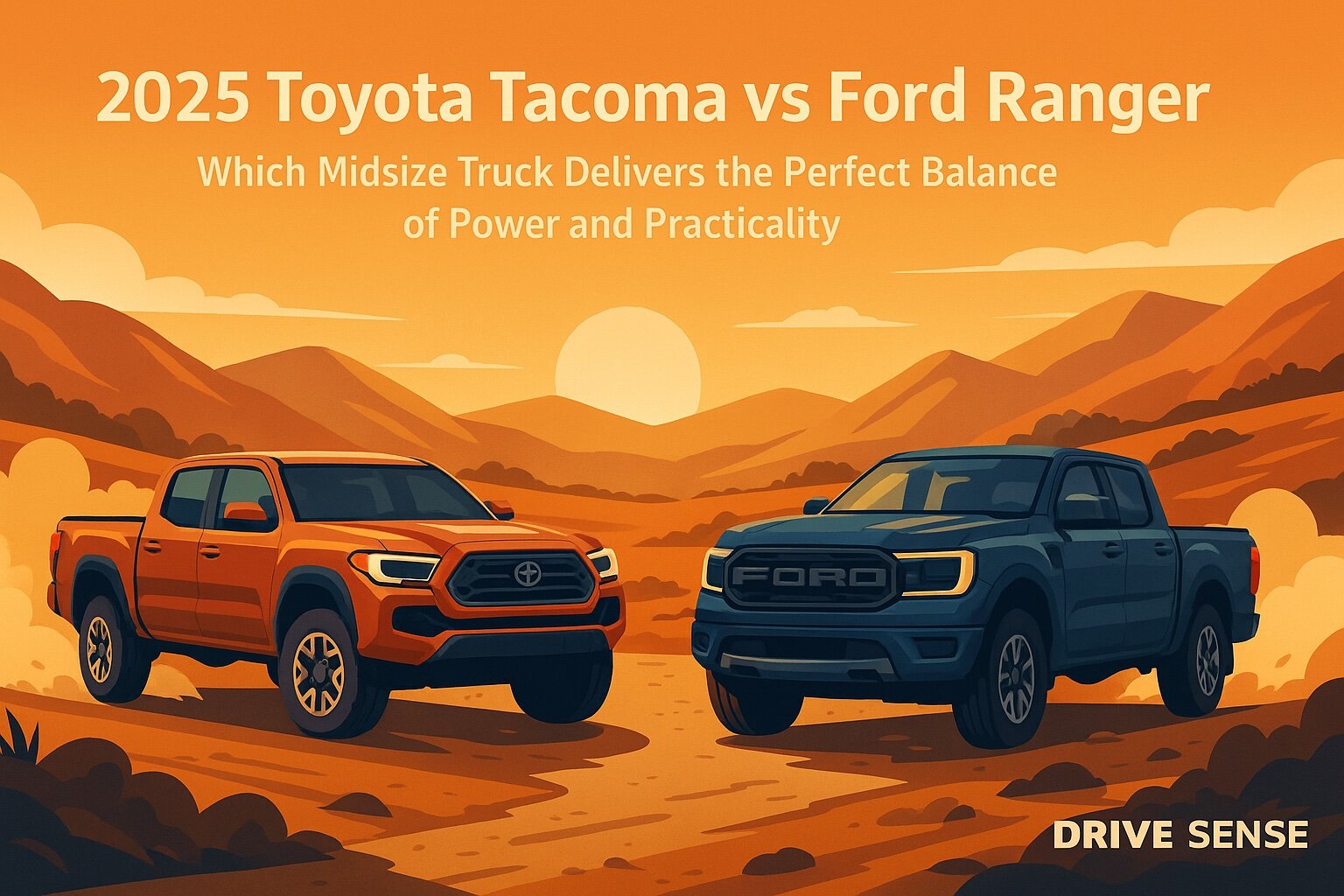The Electric Showdown: Model 3 and Ioniq 6 Meet on the Streets
San Francisco mornings have a way of highlighting subtle differences in cars the way sunlight hits a sharply creased fender, or how a quiet electric drivetrain sounds bouncing off the fog-dampened pavement. Lately, two EVs keep catching my attention: the Tesla Model 3 and the Hyundai Ioniq 6. Both are aimed at the heart of the mainstream electric sedan market, but they carve out their own identities. Let’s dig in and see how they stack up for real-world American buyers.
Power Up: What’s Underneath Matters
The Tesla Model 3’s lineup is straightforward but potent. The base Rear-Wheel Drive (RWD) model makes about 271 horsepower, while the Dual Motor All-Wheel Drive (AWD) Long Range cranks things up to roughly 384 hp. The Performance version? A claimed 455 hp and a 0-60 time under 3.1 seconds supercar quick, if you believe Tesla’s numbers (these figures are widely cited but can vary slightly depending on updates). Towing isn’t a headline here; though Model 3s in Europe have a rated tow capacity, U.S. models officially don’t offer this feature.
The Hyundai Ioniq 6 comes in single-motor (225 hp RWD) or dual-motor (320 hp AWD) flavors. That’s less raw punch than the hottest Model 3, but still plenty for merging onto I-280 with confidence. Hyundai rates the Ioniq 6’s towing at up to 1,500 pounds enough for a small trailer or pair of e-bikes, which is more than can be said for any U.S.-spec Model 3 right now.
Range and Real-World Efficiency: Who Goes Farther?
Range is king for American EV buyers, and both these sedans deliver strong numbers. The latest Tesla Model 3 Long Range, as of early 2024, is EPA-rated at up to 341 miles per charge (RWD: 272 miles; Performance: around 315 miles). Hyundai’s Ioniq 6 Long Range RWD claims up to 361 miles which surprised me when I first saw it on paper. Real-world driving? Both tend to fall a bit short of those EPA peaks if you’re hammering along at California highway speeds or climbing hills out of Sausalito, but drivers regularly report over 300 miles from both cars in mixed conditions.
Efficiency-wise, both are standouts. The Model 3 has long been known for sipping electrons with an EPA combined MPGe of up to 132 (RWD). The Ioniq 6 is right there too, with some trims topping out around 140 MPGe combined. In daily use stop-and-go city traffic, weekend trips down Highway One it’s tough to spot a meaningful difference in energy use between them unless you’re hypermiling.
On the Road: Steering Feel and Everyday Behavior
Hop behind the wheel of a Model 3 and you get instant feedback steering is light but direct, with a playful edge that makes it fun on winding roads near Marin Headlands. There’s a hint of tire noise on rougher pavement, but otherwise it’s hushed inside. The ride skews firm, especially on Performance models with low-profile tires; you’ll notice expansion joints and potholes more than in something like a Camry Hybrid.
The Ioniq 6 offers softer suspension tuning. There’s a gentle floating quality over broken pavement Hyundai tuned this car for comfort, not lap times. Steering isn’t as communicative as Tesla’s but feels natural and easy at city speeds. One quirk: at highway velocities there’s a mild numbness on-center that keeps reminding me I’m not in a BMW. Still, cruising down US-101 with the adaptive cruise set is peaceful, cabin noise well-muted apart from some wind rush around the mirrors.
Inside the Cabin: Where Buttons Meet Big Screens
Tesla takes its minimalist obsession seriously. Step inside any Model 3 and you’re greeted by one massive center touchscreen no gauge cluster in front of you, just that horizontal display floating above an uncluttered dash. Some people love this spaceship vibe; others miss physical switches and classic dials (I’ll admit: sometimes I just want an actual volume knob instead of tapping glass). The seats are supportive for longer drives and rear headroom is decent, though taller passengers may wish for more space under that sloping roofline.
The Hyundai Ioniq 6 blends tech with tradition: twin digital displays dominate the dash (a configurable gauge cluster plus a central touchscreen), but physical buttons remain for climate control and volume thank you, Hyundai engineers! There’s more soft-touch material than in past Hyundais and creative ambient lighting strips underlining the doors add flair after dark. The rear seat feels airier than the Model 3 thanks to better headroom despite its swoopy roof; legroom is generous too. Cargo space is good in both sedans’ trunks but neither matches the hatchback practicality of something like a Kia EV6.
Tech That Actually Works (and Some That Needs Polishing)
Tesla’s infotainment system is quick almost smartphone-level responsive and updates over-the-air add features frequently (sometimes even new games or minor UI tweaks). Navigation integrates Supercharger stops seamlessly for trip planning across California or beyond. But voice commands can still be hit-or-miss (“Navigate to Point Reyes” works fine; “Find nearest In-N-Out” occasionally confuses it), and integrating non-Tesla charging stations requires third-party apps. Hyundai’s system isn’t quite as snappy but supports both Apple CarPlay and Android Auto which Tesla still doesn’t offer as of June 2024 so plugging your phone in is effortless if you prefer Google Maps or Spotify over built-in options. Driver assist tech? Both have adaptive cruise control and lane-keeping systems that work well in traffic, though Tesla's "Autopilot" branding oversells its abilities; both require hands-on attention at all times.
The Ownership Equation: Price Tags, Charging Woes & Resale Realities
The Model 3 starts around $39,000 for RWD models before any tax incentives (pricing changes frequently; check Tesla’s site), climbing past $54K for Performance versions with options. The Ioniq 6 opens near $38K for SE RWD models; AWD trims top out close to $53K fully loaded. Charging infrastructure remains Tesla's ace card: its Supercharger network is dense across Northern California and beyond plug-and-play simplicity that takes much of the stress out of longer EV road trips. Hyundai drivers rely mostly on networks like Electrify America or ChargePoint; these are improving rapidly but don’t yet match Tesla’s reliability or ease-of-use. On maintenance, both cars should cost far less to keep running than gas-powered rivals thanks to fewer moving parts (no oil changes!). But it’s worth noting Tesla service centers can be sparse outside metro areas; Hyundai benefits from a large nationwide dealer network. Resale value? Historically, Teslas have held their value better than most EVs due to strong brand demand and frequent software updates that keep older cars feeling fresh. Early data suggests Ioniq 6 values are competitive with other non-Tesla EVs but lag behind Model 3s after three years not surprising given Tesla’s market share dominance.
Living With Them Day-to-Day: Little Details Matter
Daily life reveals quirks that spec sheets miss: For example, Model 3 door handles still require an awkward thumb-flick motion that confuses first-timers every time I lend out my test car; Hyundai sticks with simple pull handles that work intuitively. Tesla's trunk opening feels wide but shallow; loading bulky groceries sometimes means rearranging bags twice. The Ioniq has more usable vertical space but loses points for rear seats that don’t fold flat. Both cars offer heat pumps for efficient winter heating (a boon if you’re heading up to Tahoe), wireless phone charging pads, solid sound systems, and all the driver aids you’d expect at this price point. Neither car can tow anything truly substantial in U.S.-spec trims worth remembering if your idea of adventure involves more than just bikes or kayaks.
The Verdict: Two Paths Into the Future
If you want outright speed and access to America’s best fast-charging network plus an interface straight out of Silicon Valley minimalism the Model 3 remains tough to beat. It feels quick almost everywhere, looks sharp parked curbside in Hayes Valley, and after years on sale still sets benchmarks other automakers chase. But there’s real appeal in Hyundai’s approach: The Ioniq 6 is comfortable day-in day-out, easier for tech-wary friends or family to hop into without confusion, and offers range plus efficiency that go toe-to-toe with Tesla while feeling more traditionally “car-like” inside. Ultimately? You won’t go wrong with either if your priorities match what they do best. For me? If long road trips across unfamiliar charging territory were frequent on my calendar, I'd lean Tesla for sheer convenience but if comfort-first commuting was my daily reality (and especially if Apple CarPlay mattered), Hyundai would get my vote.
EV adoption keeps climbing fast here in California. Both these sedans show just how good electric motoring has gotten not just as an experiment anymore, but as genuine alternatives worthy of your driveway.
Samantha Reed
San Francisco automotive journalist & EV enthusiast

